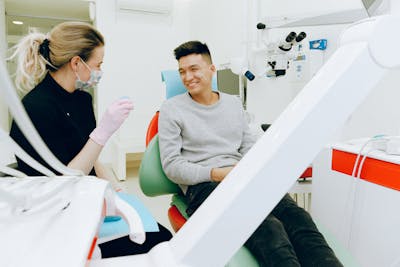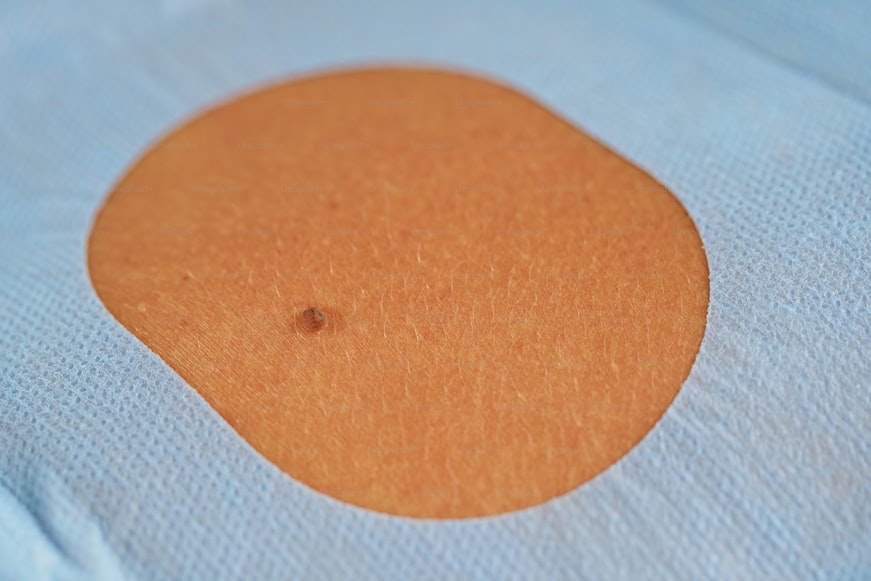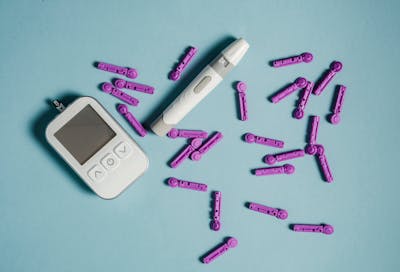The researchers, led by Dr. Tom Joyce, began investigating prostheses in February 2008 and discovered failings and offered an explanation of how and why the metal joint was being worn away, releasing high levels of toxic metals into the patient’s bloodstream. The subsequent recall means that thousands of patients – estimated at 93,000 worldwide in an effort to determine the extent offer support to those who have leftcrippling side effects. According to “very few” remain on the worldwide market, following resurfacing technologies that meet the needs of surgeons.
Joyce explained: “ thinking that a metal-on-metal ball and socket joint should be far more effective and hard-wearing for patients than the older style metal-on-polymer system where the softer polymer tended to wear away quite quickly, releasing particles and eventually causing the artificial joint to fail. What our research showed was that if the ball and socket were not perfectly aligned then the metal wore away quite vigorously – the initially ultra-smooth surfaces roughening and then grinding away against each other – to release nano-sized particles into the body that were then absorbed into the bloodstream and tissues, causing far greater damage.” According to Joyce, only in a minority of cases were the joints actually functioning correctly.
Concerns first began to arise when a number of patients reported groin pain, some not long after their arthritic hips had been replaced with ASR prostheses. Working with orthopedic surgeon David Langton, based at North Tees University Hospital and now working towards a Ph.D. in Bioengineering under the supervision of Joyce, the NU team studied over 100 explanted hip joints sent to them from across Europe. Blood tests revealed high levels of cobalt and chrome ions in the bloodstream of ASR patients.
The ASR is made from cobalt-chrome alloy so this implicated the artificial hip. Using a “state-of-the-art” machine, the team studied the surface of the artificial hip joints and found that instead of being highly polished with a mirror-like surface, the failed devices had become roughened. This caused the lubrication of the joint to fail so that, with each step, the patient was producing relatively high volumes of metallic wear debris.
The ASR device formed part of a class of large-diameter, monoblock hip resurfacing and replacement devices often selected by surgeons for younger patients who may benefit from a more stable machine that can reduce the chances of dislocation after surgery. The DePuy was introduced and only outside of the system first in 2004 and has been available worldwide.
DePuy, like their peers industry, will look back on this chapter in history and hope to learn lessons. For one thing, sometimes a development that appears successfully answer a major problem may not necessarily work out all so wonderfully in reality over time.
The industry has also had to trade off the benefits of technology with its failings, but recalls such as those from DePuy and Zimmer are inevitably going to make it much more difficult to convince surgeons and potential patients that future technologies won’t suffer the same fate in the future.
It is also likely to lead to much more stringent and expensive clinical trial programs and further regulatory scrutiny.



